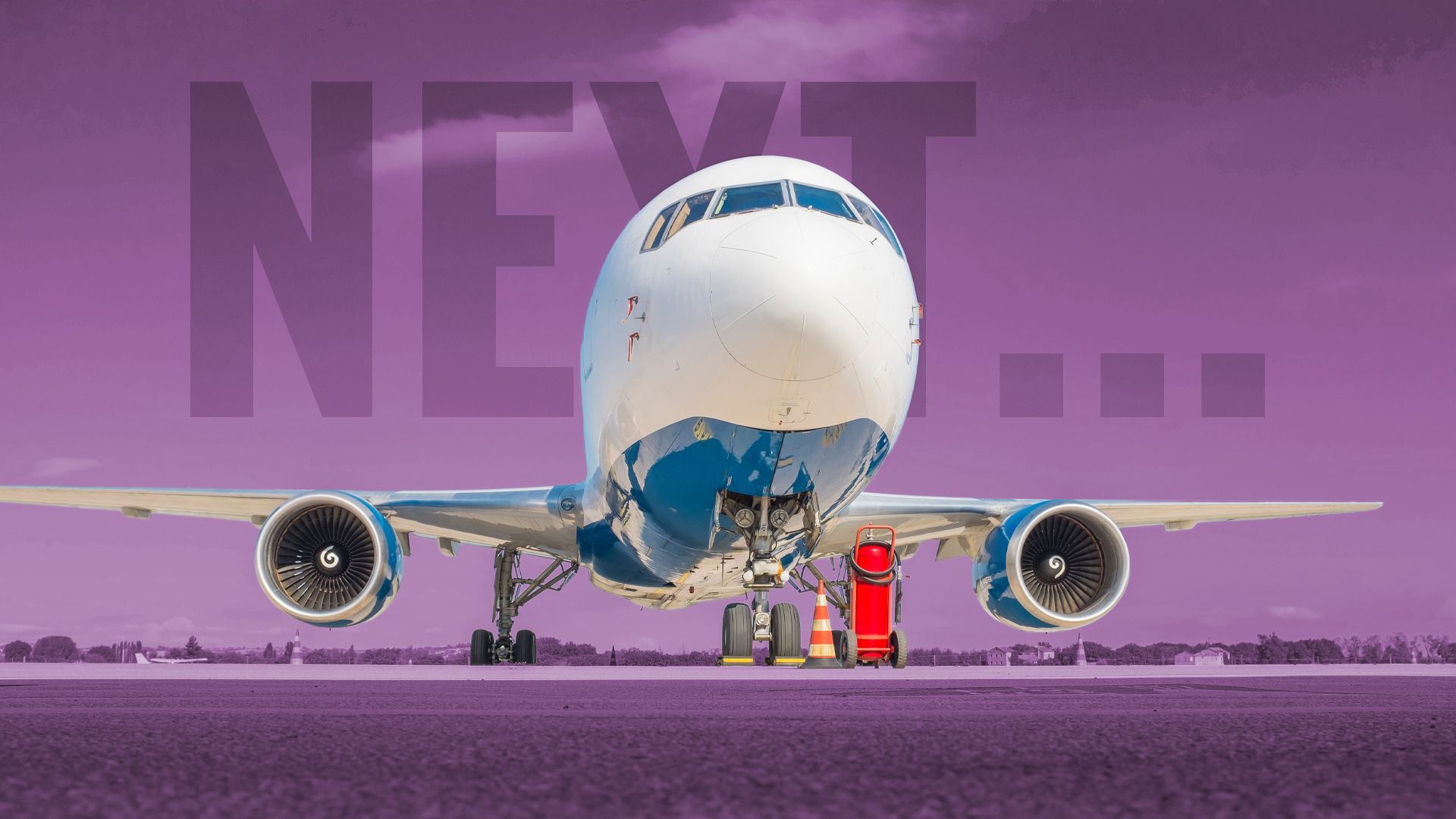World
Airbus A330neo Set to Replace Boeing 767 in Eco-Friendly Shift

The aviation industry is on the brink of a major transition as airlines begin to replace the iconic Boeing 767 with more fuel-efficient models in response to new environmental regulations. Launched in September 1982, the Boeing 767 has become a staple for transcontinental passenger routes. However, with 1,341 units delivered and rising maintenance costs, its era is nearing an end.
As of 2028, new emissions guidelines from the International Civil Aviation Organization (ICAO) will mandate lower CO2 emissions for all certified aircraft. In light of these changes, the Airbus A330neo has emerged as a leading candidate to fill the void left by the 767. Recently certified by the European Union Aviation Safety Agency (EASA), the A330neo is the first aircraft to meet the forthcoming environmental standards.
A330neo’s Efficiency and Design Advantages
The A330-900, the first variant of the A330neo family, was delivered to TAP Air Portugal in November 2018. Its successor, the A330-800, followed in October 2020 with deliveries to Kuwait Airways. The A330neo boasts a 14% improvement in fuel efficiency per seat compared to its predecessor, the A330ceo, which has garnered attention from airlines looking to reduce operational costs.
Condor, a German airline, has dubbed the A330neo “the 2-liter aircraft,” reflecting its impressive fuel consumption of only 2.1 liters per 100 kilometers per passenger. This efficiency is largely attributed to the Rolls-Royce Trent 7000 engines, which feature a high bypass ratio, contributing to improved fuel economy.
The A330neo is designed for long-haul travel, offering a range of 7,200 nautical miles and seating for up to 440 passengers. Its aerodynamic enhancements, including longer wings and ‘sharklet’ winglets, further boost fuel efficiency by an additional 4%.
Simone Rauer, Airbus’ Head of Aviation Environmental Roadmap, stated, “Airbus is proud to be the first commercial aircraft manufacturer to receive EASA certification for ICAO’s new CO2 emissions requirement. This award demonstrates that the A330neo meets ICAO’s environmental regulations beyond 2028.”
Comparative Analysis: A330neo vs. Boeing 787-9
The Boeing 787-9, introduced in October 2011 with All Nippon Airways, is another serious contender in the race to replace the 767. While it has been in service longer than the A330neo, the 787 benefits from a clean-sheet design that integrates advanced materials and technology.
According to the i6 Group, the 787-9 may outperform both the A330neo and the A350-900 in terms of fuel efficiency per seat, consuming just 2.31 liters per 100 kilometers. The comparison highlights the 787-9’s advantages in range and capacity, despite the A350-900 having a higher maximum take-off weight.
While the A330neo may excel in medium-haul efficiency, the 787-9’s composite wings and fuselage contribute to its overall performance during long-haul flights. As airlines evaluate their options, considerations such as operational costs and retraining of crews will play a significant role.
Despite the benefits of the A330neo, many airlines currently operating Boeing widebody aircraft may hesitate to make the switch to Airbus due to the costs associated with retraining maintenance and flight crews. This factor could influence the market dynamics as the transition unfolds.
Condor’s Commitment to the A330neo
In a notable shift, Condor has placed an order for 16 A330neos, effectively replacing its fleet of 767s with this modern aircraft. The airline aims to leverage the A330neo’s environmental benefits, highlighting its certification as one of the most eco-friendly options available.
Condor’s A330neo configuration includes 315 seats across various classes, designed to offer enhanced passenger comfort and reduce noise pollution at airports by up to 60%. With a commitment to reducing CO2 emissions by 20% on comparable routes, Condor is positioning itself as a leader in sustainable aviation.
As the aviation industry gears up for this significant transition, the A330neo stands poised to become a prominent player in the medium- to long-haul market. The next few years will reveal whether Airbus’s latest offering can truly replace the Boeing 767, marking a new chapter in commercial aviation.
-

 Health4 days ago
Health4 days agoRare Brain Condition Discovered More Common in New Mexico
-

 Politics5 days ago
Politics5 days agoPrince Andrew Steps Back from Royal Duties Following Epstein Memoir
-

 Health5 days ago
Health5 days agoRemembering Mary Ingleby: A Life of Love, Teaching, and Music
-

 Sports5 days ago
Sports5 days agoMLS Decision Day 2025: Playoff Spots on the Line as Teams Clash
-

 Science5 days ago
Science5 days agoIdaho State University Launches Haunted Science Laboratory on Oct. 25
-

 World5 days ago
World5 days agoYoung Driver Dies in Collision with Box Truck in El Cajon
-

 Lifestyle5 days ago
Lifestyle5 days agoKent Hamilton Named Southeastern Farmer of the Year at Expo
-

 Business5 days ago
Business5 days agoFirst National Bank of Groton’s Quiet Period Ends October 21
-

 Entertainment5 days ago
Entertainment5 days agoTrump Commutes George Santos’ Sentence, Sparks Controversy
-

 Politics5 days ago
Politics5 days agoNavy Veteran Max Quattromani Launches Campaign for Assessor Seat
-

 Sports5 days ago
Sports5 days agoSaquon Barkley Reacts to James Franklin’s Dismissal from Penn State
-

 Health5 days ago
Health5 days agoFDA Introduces First Nine Recipients of National Priority Vouchers









